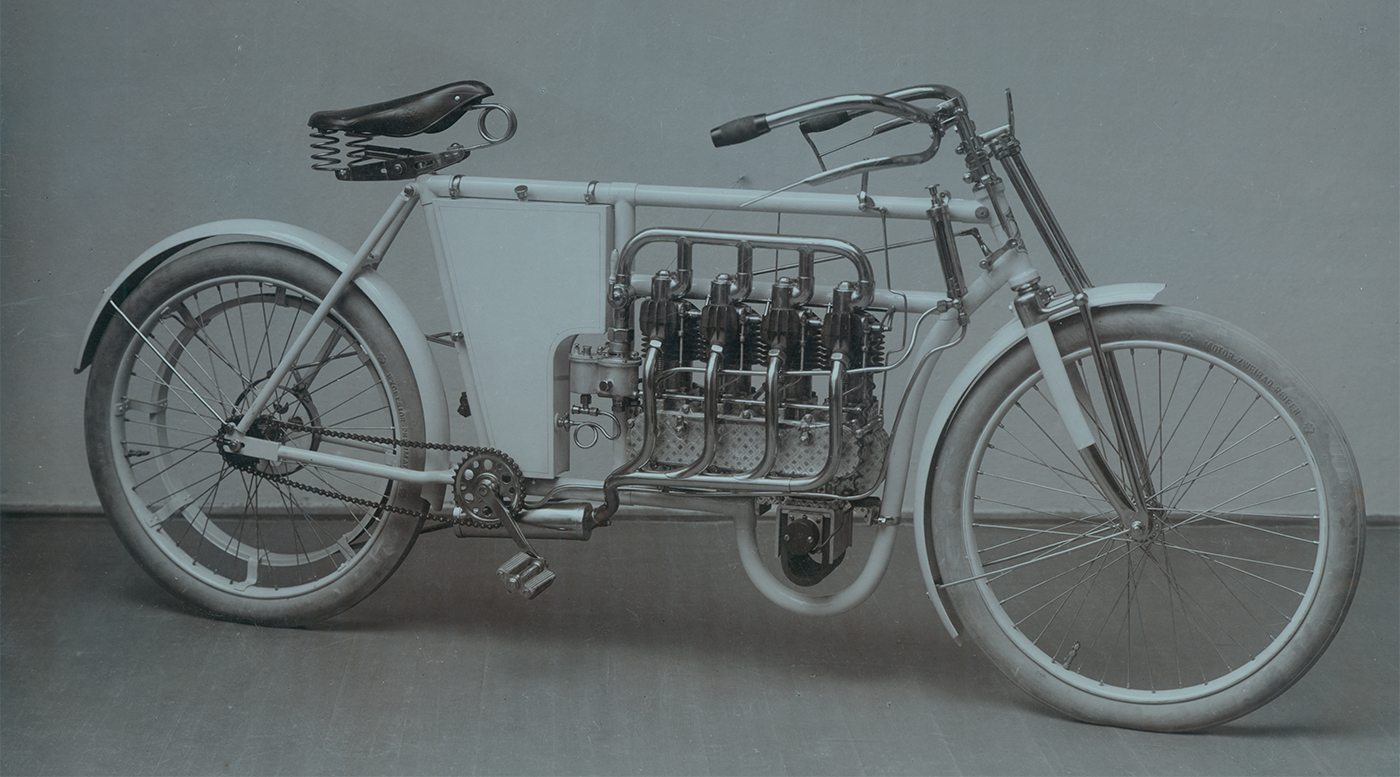Engine Indulgence

Mladá Boleslav’s tradition of manufacturing engines is even longer than its tradition of manufacturing automobiles. Messrs Laurin and Klement built an engine of their own design into the first Slavia motorcycle 118 years ago. Over 13 million engines have been produced since then in Mladá Boleslav, so let’s dive into history now to reminisce some of the highlights.
10. 3. 2017 Škoda WorldMedia Box
12 images
Show more
Show less









































